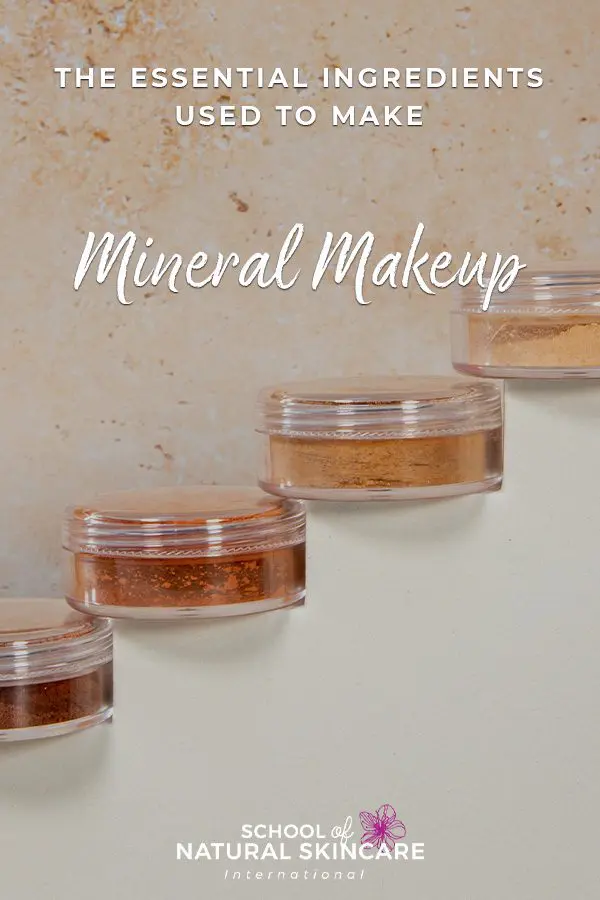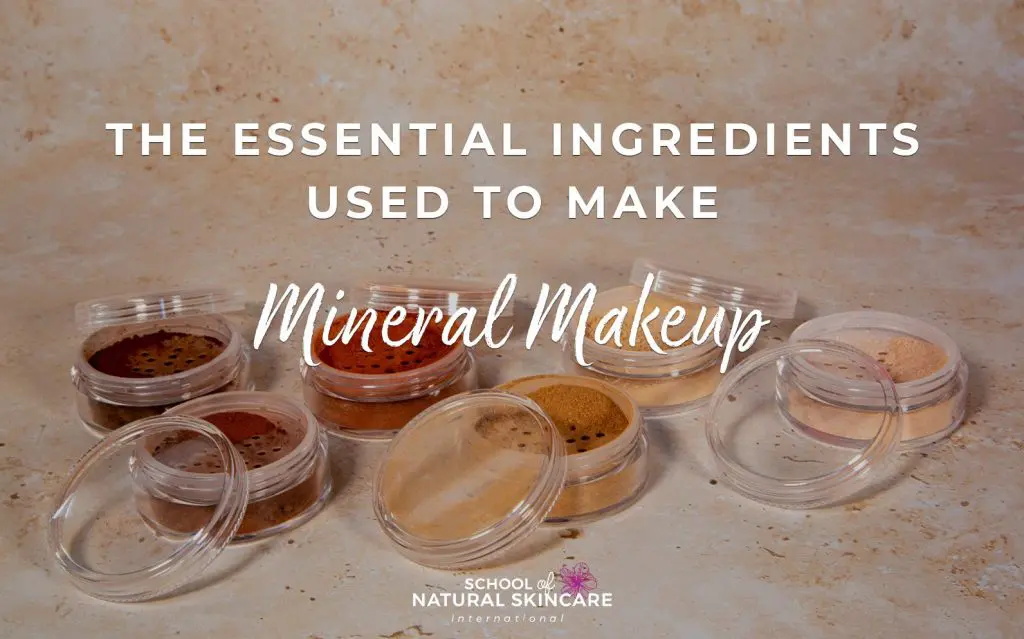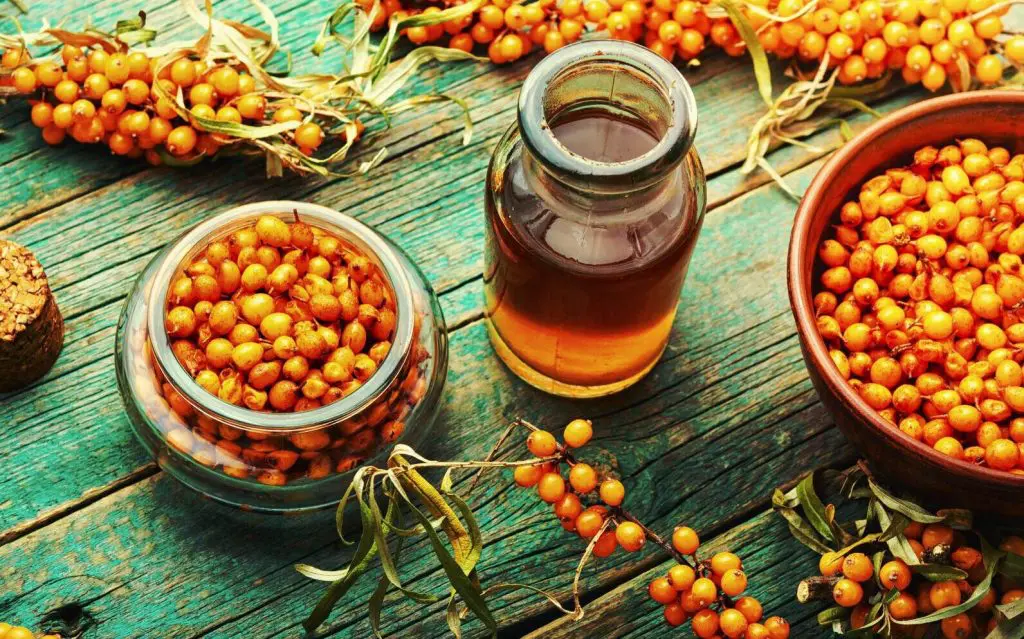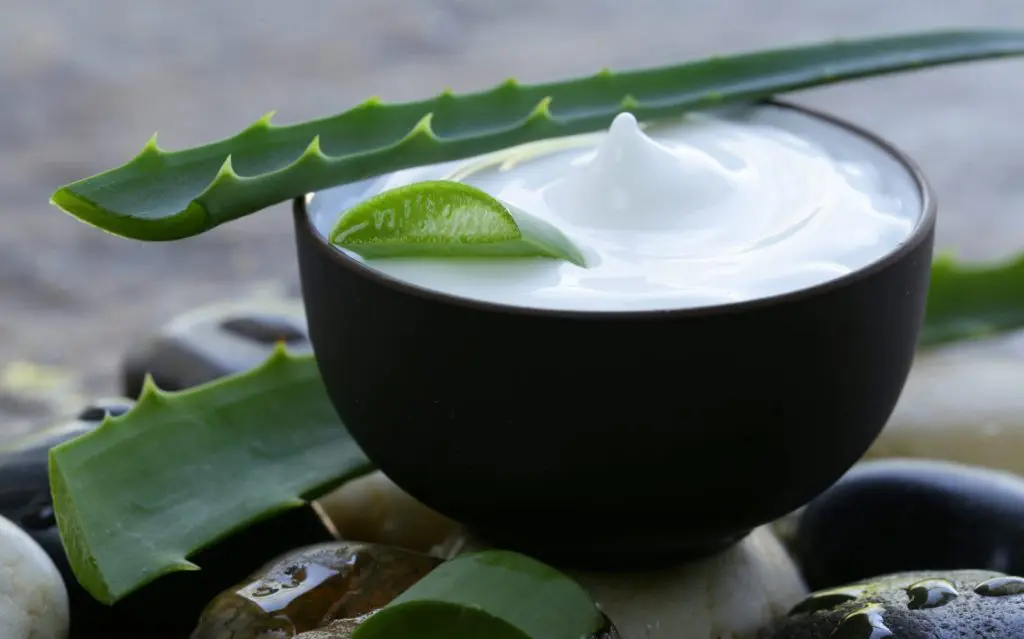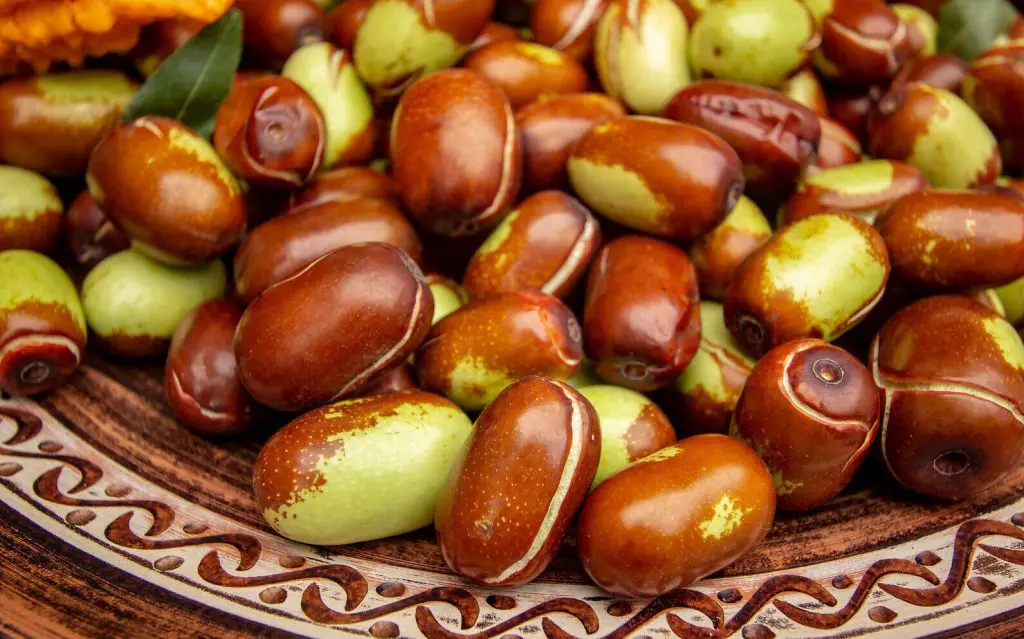For beauty enthusiasts keen on making their own products, many have a real desire to make their own mineral makeup. It is a lot of fun and can be done easily from home.
However, making your own mineral makeup is different to other cosmetic products like skincare or haircare and knowing how to do it, as well as what’s different about it, is an important place to start.
You might like to read our article, How to Make Your Own Natural Mineral Makeup, to help get you started.
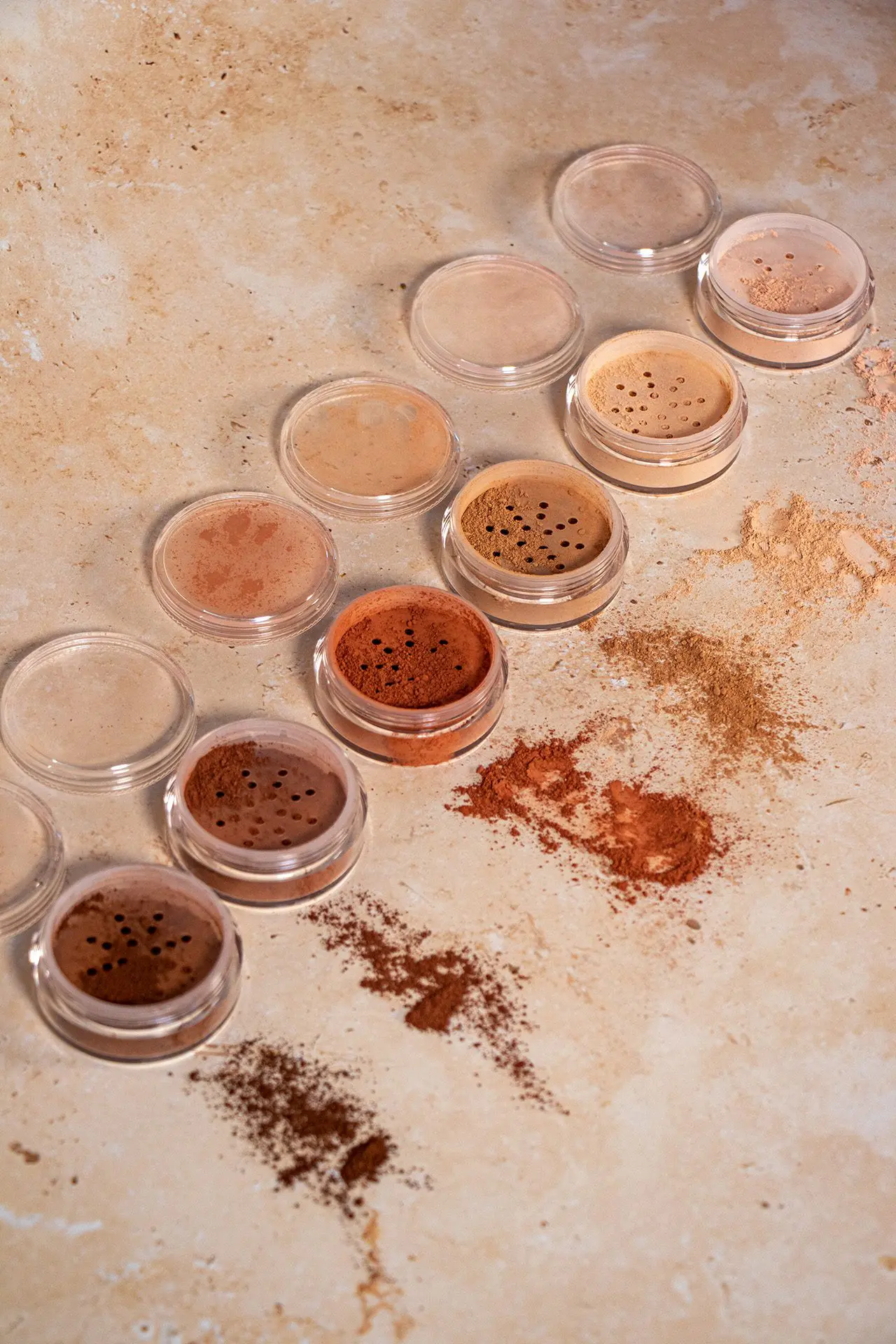
In this article, we are going to look at the essential ingredients used in mineral makeup products.
We will classify powdered ingredients into two main groups: base powders and pigment.
Base powders are colorless powders that give structure, volume and a pleasant skin feel to powdered makeup products such as mineral foundation. They do not offer much coverage and they also do not impart any colour to the product.
Pigments, on the other hand, are very concentrated powders that come in several different colors. They provide coverage and color to the product. They need to be blended or dispersed (‘diluted’) in base powders in order to get even distribution and suitable coverage.
You can imagine pigments as essential oils, and base powders as carrier oils in cosmetics. Using pure, undiluted essential oils on the skin would be dangerous. That is why we always dilute them in carrier oils.
While using pure pigments on the skin would not be dangerous or irritating, it would be rather unappealing – it would create excessively strong coverage, resulting in a non-natural looking appearance.
To avoid this from happening, we use base powders to mix with our pigments.
The term ‘base powders’ is not a scientific term, but it describes the main function of these powders – they provide a base, or a foundation, for our mineral makeup product.
Let’s take a look at each in turn.
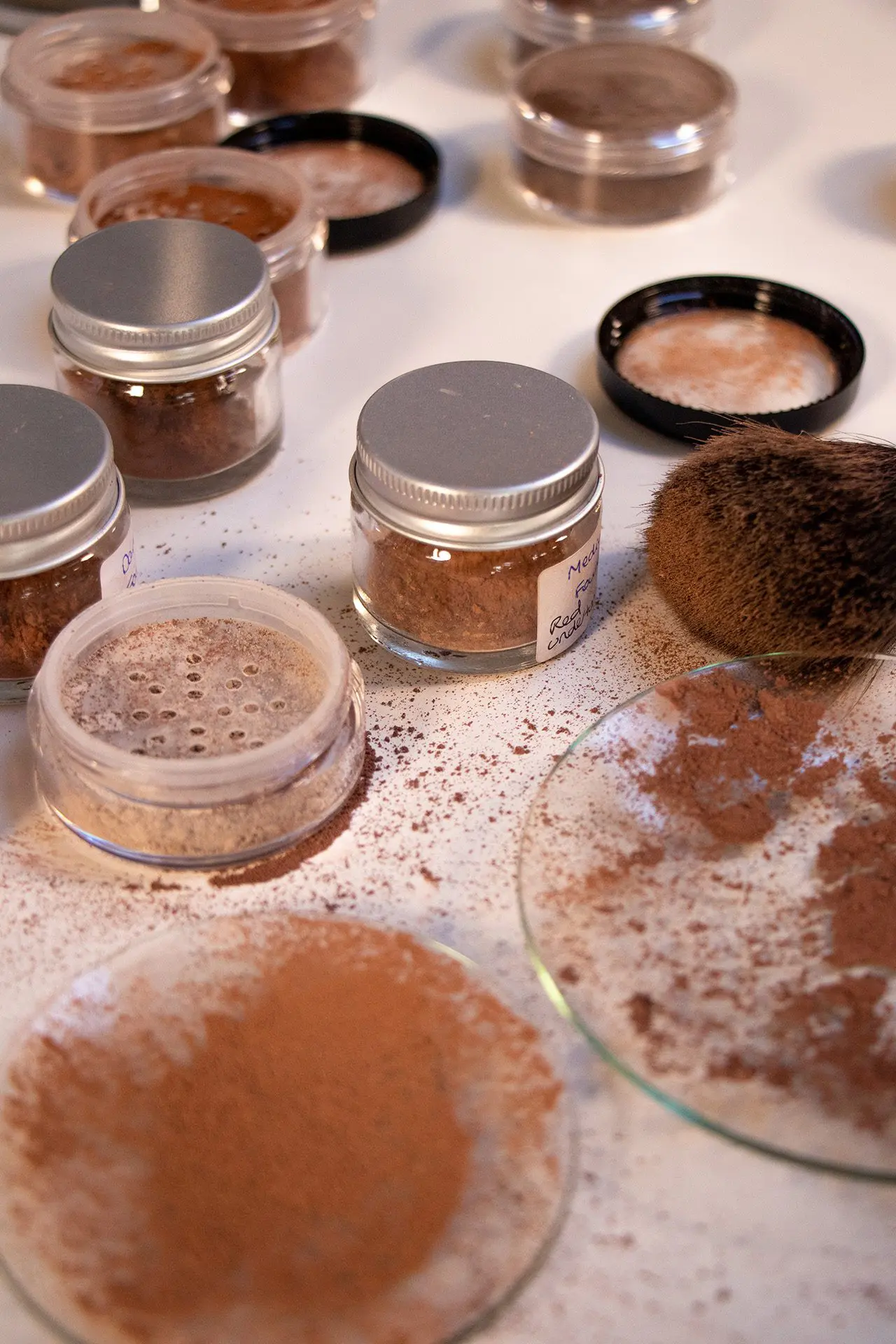
The Most Popular Base Powders Used In Mineral Makeup
The following 7 base powders are the most popular choices for beauty enthusiasts who make their own mineral makeup. We also cover all of them in our Formulating Mineral Makeup online course.
- Mica (INCI: Mica/Sericite Mica/Synthetic Fluorphlogopite)
- Kaolin Clay (INCI: Kaolin)
- Magnesium Stearate (INCI: Magnesium Stearate)
- Micronized Rice Powder (INCI: Oryza Sativa Powder)
- Silica Powder (INCI: Silica/Hydrated Silica)
- Silk Powder (INCI: Silk Powder)
- Lauroyl Lysine (INCI: Lauroyl Lysine)
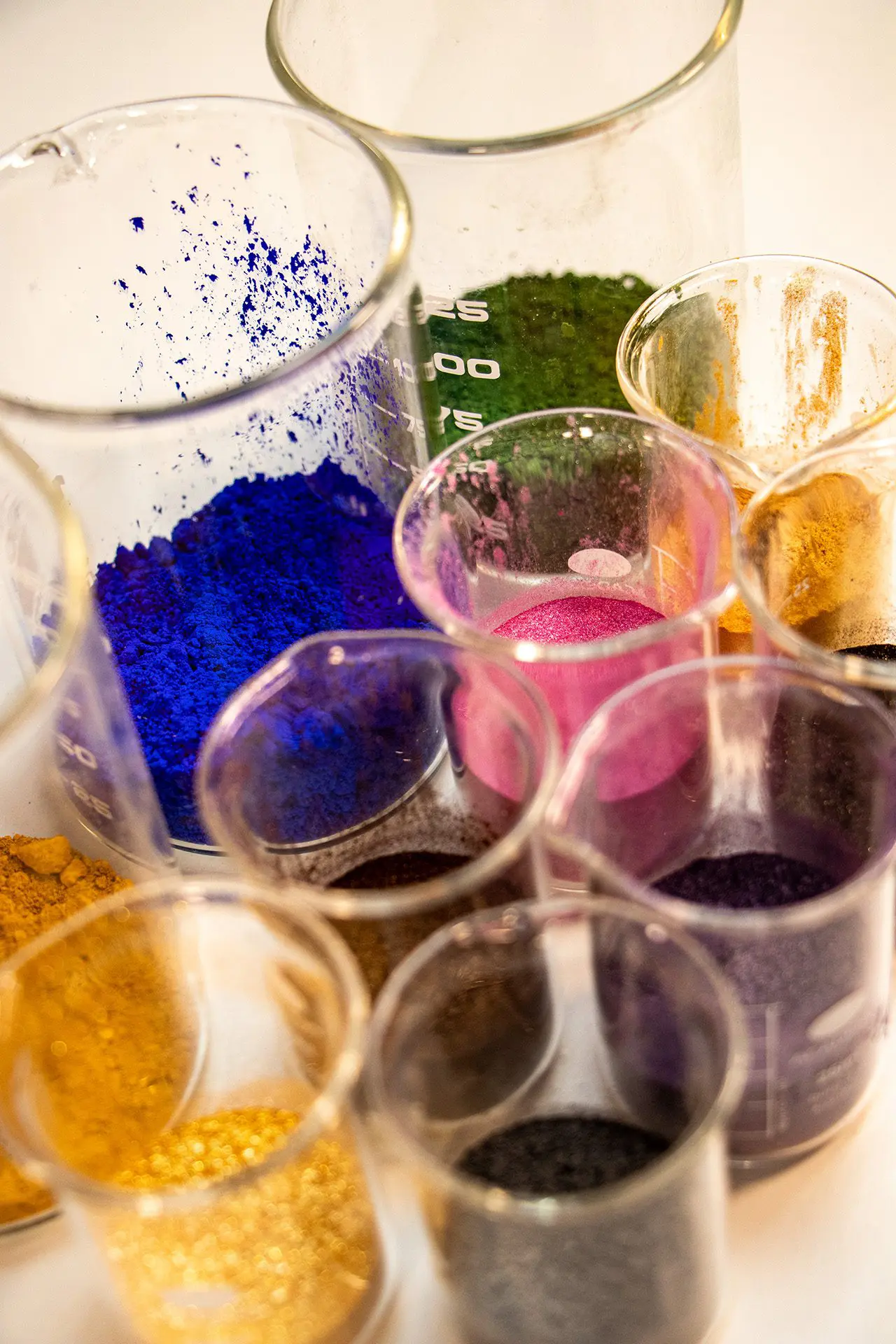
The Top 3 Pigments Used in Mineral Makeup
Mineral pigments are a vast group of inorganic pigments. They can be naturally derived (mined from different ores), but are often contaminated with dangerous heavy metals such as mercury, arsenic and lead.
Pigments used for cosmetic applications are made synthetically and are nature identical. This means that instead of being derived from nature they are replicated in a lab setting. Despite not being naturally derived, they are permitted in many natural/organic certifications.
Mineral pigments are very stable (they do not fade or change color) and they produce intense hues.
Here are the 3 most widely used types of pigments in mineral makeup, and again we cover them in our online course, Formulating Mineral Makeup.
- White pigments for example Titanium Dioxide and Zinc Oxide.
- Mineral colorants for example Yellow Iron Oxide, Red Iron Oxide, Black Iron Oxide, Brown Iron Oxide, Pink Ultramarine, Blue Ultramarine
- Colored Micas
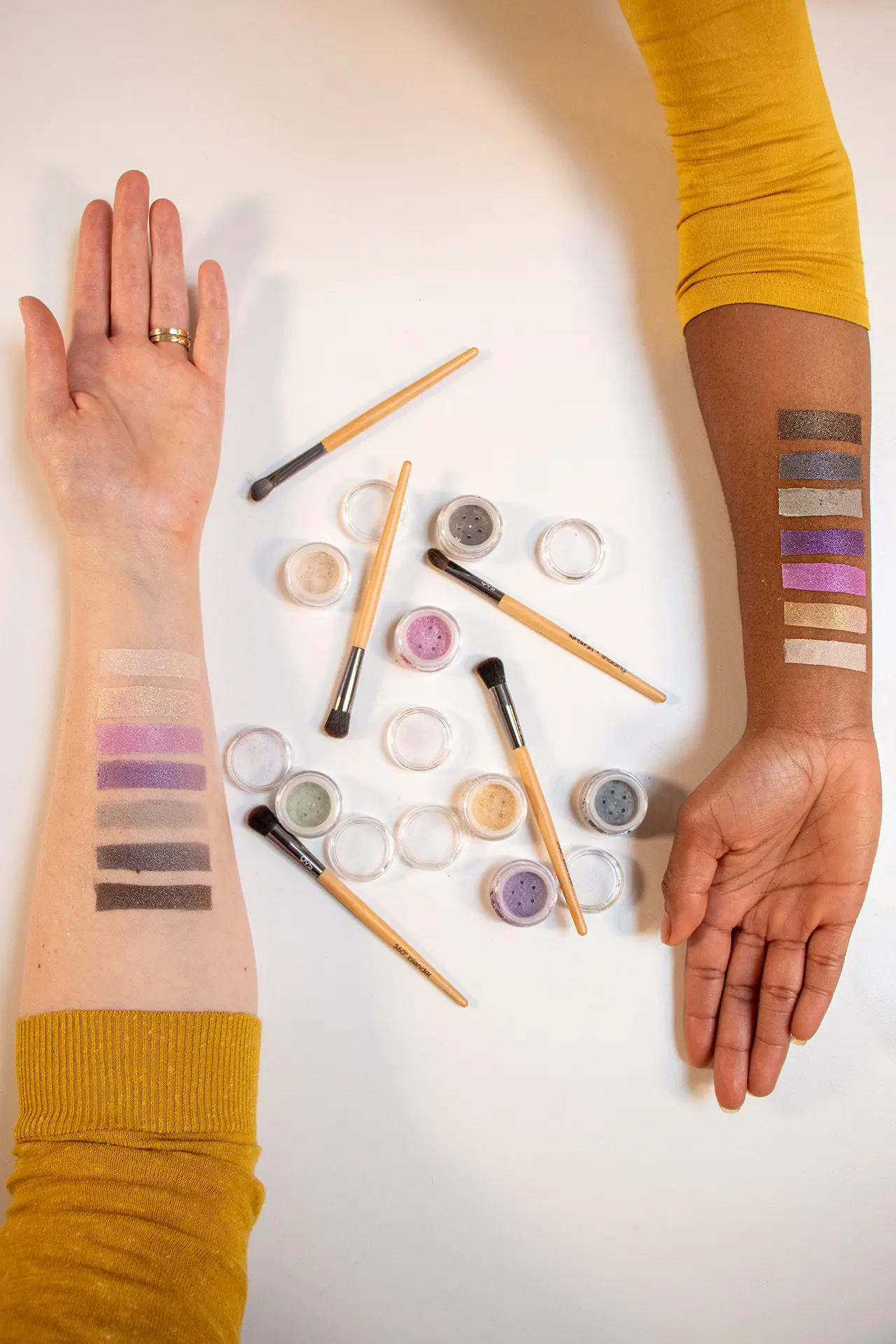
Additional Ingredients Used in Mineral Makeup
Other powdered ingredients can be added to mineral makeup. They can add other benefits to the foundation, aside from coverage and color correction.
Due to the loose powdered nature of the product, they have to be in powdered form, eg allantoin, aloe vera powder, panthenol powder, powdered botanical extracts, cornstarch, or hydrolyzed protein powder.
Here is a list of the 7 most common choices for mineral makeup that we cover in our Formulating Mineral Makeup online course.
- Allantoin (INCI: Allantoin)
- Aloe Vera Powder (INCI: Aloe Barbadensis Leaf Juice Powder/Aloe Barbadensis Leaf Juice)
- Panthenol Powder (INCI: Panthenol)
- Powdered Botanical Extracts (INCI: Various)
- Starch (INCI: Various. Some examples: Zea Mays (Corn) Starch; Maranta Arundinacea (Arrowroot) Root Powder; Oryza Sativa Starch (Rice Starch))
- Hydrolyzed Protein (INCI: Hydrolyzed Wheat Protein OR Hydrolyzed Corn)
- Protein OR Hydrolyzed Oat Protein OR Hydrolyzed Silk
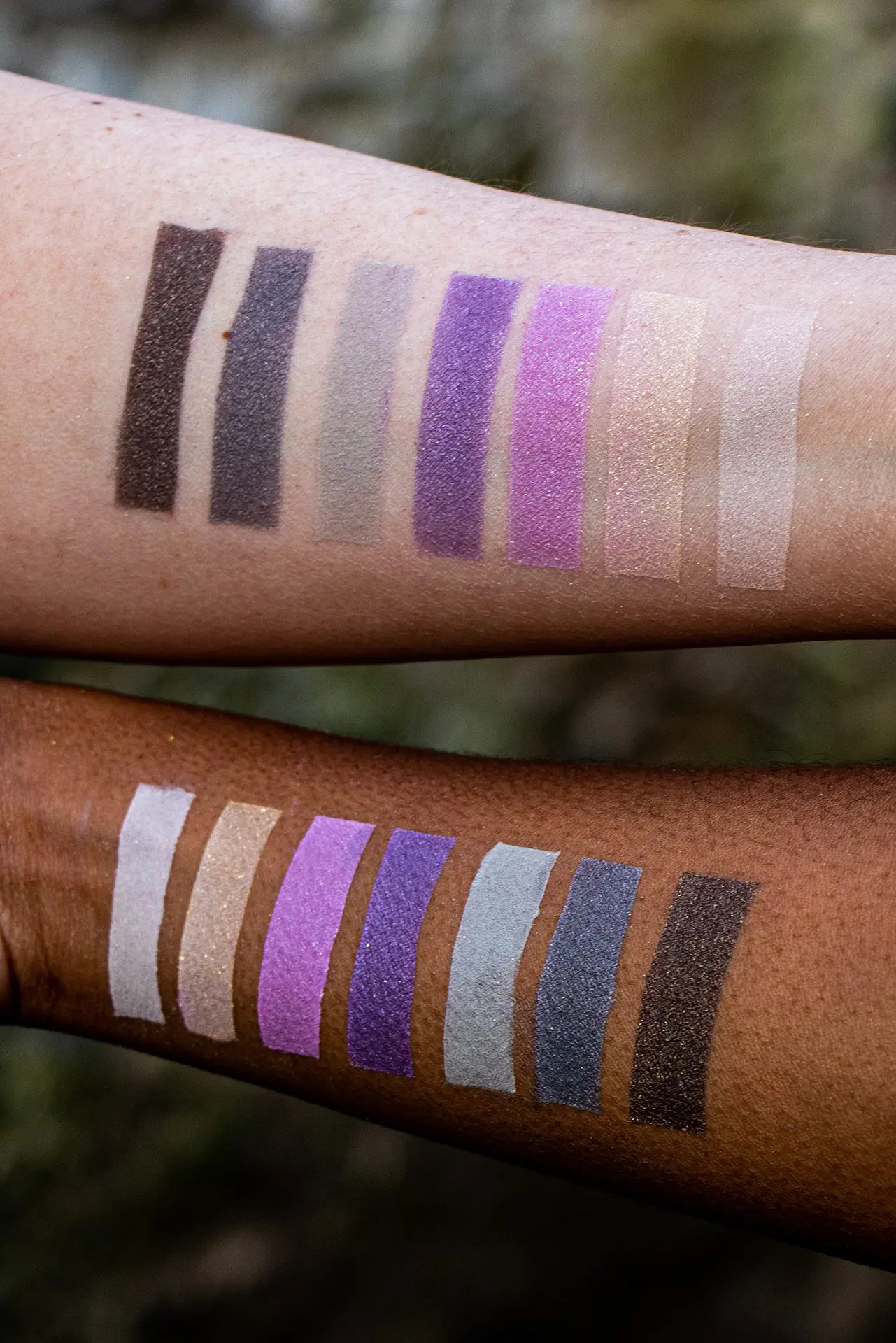
How to make your own mineral makeup
Making your own mineral makeup can be tricky, especially if you’ve not done it before or haven’t had any proper tuition.
Formulating these products is different to other cosmetic products and it can be hard to get them right, especially because the quantities (weights and measures) we’re working with are so small. It can be quite fiddly – especially when you don’t know what you are doing.
In addition to that, it is important you know about usage rates and percentages for each ingredient and that’s before we get into the intricacies of color cosmetics and understanding the theory around getting that right.
Don’t let any of this put you off, because it is absolutely possible to make some amazing mineral makeup products from home.
If you are a beginner, you’ll be able make:
- Mineral foundation
- Mineral eye shadow
- Mineral blushers, bronzers and highlighters and
- Pressed powders
We cover all of this and much more in our brand new online course, Formulating Mineral Makeup – which you can access by being a member of the Natural Cosmetic Formulation Club.
And once you’ve grasped the basics, you can move onto the more advanced products, which we’re going to be covering in our upcoming online course, Formulating Advanced Mineral Makeup, such as:
- Mascara
- Cream blush
- Lip and eye crayons
- Lipsticks
- Concealers
- And one or two other exciting products too 🙂
Inside the Natural Cosmetic Formulation Club, not only will you receive expert tuition from qualified Cosmetic Scientists, you’ll also join a vibrant online community of natural beauty lovers from all around the world.
And you’ll be able to access a whole range of other natural beauty classes, courses and learning materials covering the whole natural cosmetics spectrum!
To find out more about the Club, click here.
Loved reading about these essential ingredients? Make sure to remember by pinning this!
